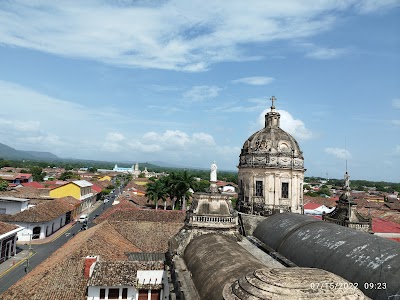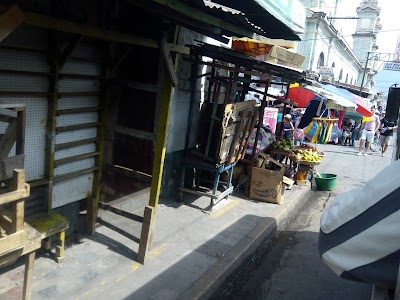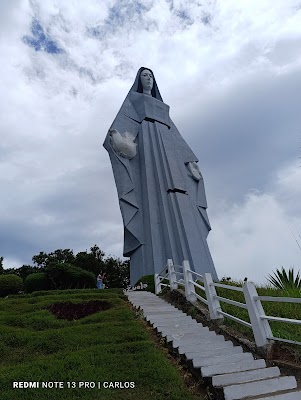Granada Cathedral (Catedral de Granada)
Overview
The Catedral de Granada, or Granada Cathedral, is an iconic architectural landmark nestled in the vibrant heart of Granada, Nicaragua. This stunning structure is not only a visual delight but also a testament to the city's rich history and cultural heritage.
The origins of the Granada Cathedral trace back to the Spanish colonial period, with the first church built in 1524, shortly after the city’s foundation. Initially, it was a simple and modest building, reflecting the early days of Granada. As the city flourished, the desire emerged for a grander cathedral that would embody Granada's growing prominence and aspirations.
Construction of the current cathedral commenced in the 18th century, with the cornerstone laid in 1751. However, the project faced numerous interruptions due to political upheavals and natural disasters, delaying its completion until 1915. The result is a stunning edifice that captures the spirit of the era and the resilience of its people.
The architectural style of the Granada Cathedral showcases a captivating blend of neoclassical and baroque influences. Its vibrant yellow facade, crowned by a magnificent dome, creates a striking visual against the lush tropical backdrop. The exterior features elegant columns and intricate carvings typical of neoclassical design, emphasizing symmetry and grandeur that draw the eyes of passersby.
Inside, the cathedral continues to impress with its high vaulted ceilings and expansive arched windows, which foster a sense of openness and light. The interior is richly adorned with finely crafted altars and religious artwork, showcasing the ornate and expressive characteristics of the baroque style. The main altar, embellished with detailed carvings and shimmering gold leaf, serves as the centerpiece of this sacred space.
One of the cathedral's most remarkable features is its bell tower. Adventurous visitors can climb to the top for breathtaking panoramic views of the city and its surroundings, including the shimmering Lake Nicaragua and the majestic Mombacho Volcano. This vantage point offers a unique perspective on Granada's colonial grid layout and its picturesque streets, making it a must-visit experience.
Beyond its architectural beauty, the cathedral has served as a hub of social and cultural life in Granada. It has hosted countless religious ceremonies, historical events, and community gatherings over the years, solidifying its role as a source of pride for the citizens of Granada.
Efforts to preserve and restore the Granada Cathedral have been ongoing, particularly in light of aging and environmental challenges. Restoration projects have focused on maintaining the building's structural integrity and historical authenticity, ensuring that this magnificent landmark continues to inspire future generations.
In summary, the Granada Cathedral is a masterpiece of colonial architecture and a symbol of Nicaragua's rich cultural history. Its lengthy construction saga, architectural diversity, and ongoing community significance make it a magnificent monument in the city of Granada, inviting all who visit to immerse themselves in its beauty and history.









